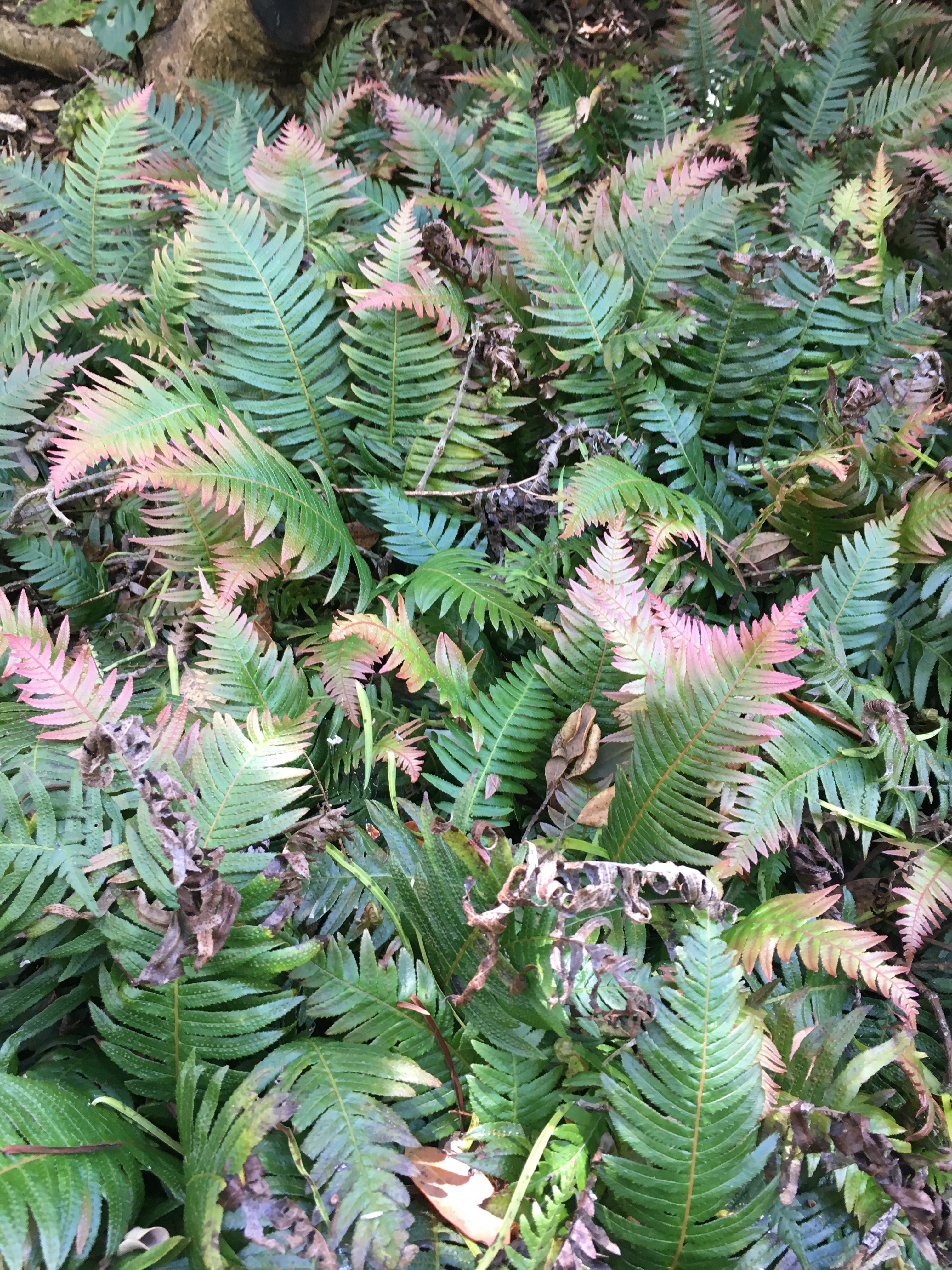Physical characteristics
This fern forms dense carpets of growth up to 1m across due to long creeping rhizomes.
Flowers and foliage
Produces fronds that are
Preferred site
Readily cultivated,
Preparation for planting
Surprisingly,
Always choose healthy, well-grown
Maintenance tips
Requires well-drained soil with plenty of organic matter. Mulching helps conserve moisture and suppress weeds. Organic materials, such as sawdust and bark, contribute to soil structure as they decompose. Keep mulch away from plant stems.
The root ball sometimes dries out despite the surrounding soil being moist. When this occurs, directly water down the plant stem to saturate the root ball. The first summer and autumn after planting are critical for young
Requires no major maintenance. Remove old fronds when they become unsightly.
Location at Auckland Botanic Gardens
Native Identification Trail
Interesting facts and tips
Most likely extinct in New Zealand forests. Historically, it has been recorded in at least one site near Waiomio, Kawakawa, in Northland. In this area, the species grew in




.jpg?width=1200&height=1200&v=1d4024dceb89e50)

.jpg?width=1200&height=1200&v=1d5569224d63650)
 .jpg?width=1200&height=1200&v=1d4024df6ce2770)
.jpg?width=1200&height=1200&v=1d55676a892f2b0)
 .jpg?width=1200&height=1200&v=1d4024e3b65f7f0)